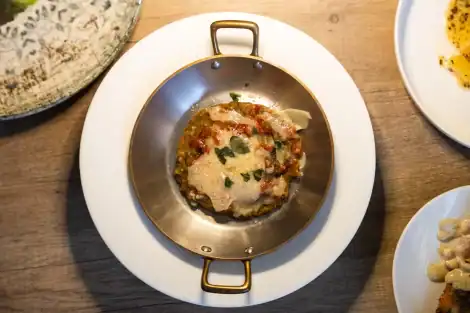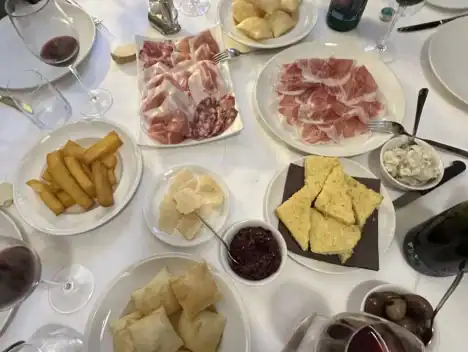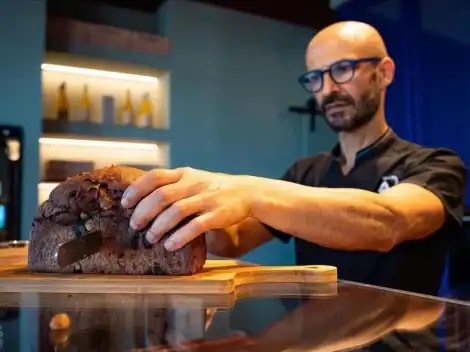Breakfast in Iran
As the bridge between East and West, Iranian cuisine blends together different flavours as the result of the union of multiple cultures, the intense use of spices and rice - basmati, to be precise - which is the absolute protagonist of the table, steamed after having been bathed overnight in salted water. And then pistachios, raisins, aromatic herbs, vegetables, lots of tea, stewed meat, legumes and yogurt. For a complex and meaningful cuisine: every meal in Iran is experienced as a moment of sharing, celebrated in company. A true form of hospitality, to the point that women always prepare some extra portions for any last-minute added diners. Among the traditions most closely associated with the table is sofreh, the cloth on which the courses of an important lunch or a wedding banquet are arranged, through which the gifts of God are devolved to the citizens of the world. Among the many specialties of the country, bread, made in different ways, the main product of every meal and, in particular, of breakfast. Along with soups and vegetable preserves, spicy and aromatic dishes with which Iranians love to start their day.
Haleem
A kind of porridge of lamb, chicken or turkey, boiled and mixed with wheat and lentils to obtain a texture similar to oatmeal. Topped with melted butter, cinnamon and sugar, this is consumed with a good cup of tea, usually chai shirin, a beverage made with sugar cubes infused directly with tea leaves. Haleem is a dish that has its origins in the Arabic harees (or jareesh). It's a 10th century specialty described in a cookbook of the period, based on wheat and meat. Literally, haleem means "patient and merciful": precisely because of its connection with Islamic mercy, a fundamental concept of religion, it's often served during Ramadam, as a perfect break from fasting.
Bread
At the base of every meal is bread: baking in Arab countries is among the most developed crafts in the world, with breads of all kinds with different colours, aromas and flavours, to accompany the various dishes. There is the sangaz (literally, "small stone"), unleavened rectangular loaves made with durum wheat, baked on stone and available in the classic version or with the addition of poppy or sesame seeds. Then there's lavash, a mixture of flour, salt and water, often topped with seeds, finely stretched and traditionally baked in clay ovens, used above all for stuffed sandwiches. This specialty is also enjoyed on its own, spread with jams, marmalades and preserves. Finally, barbari, flat, oval-shaped bread baked on stone, and made with white flour, is designed to accompany jams or cheeses.
Moraba-ye haveej: Iranian jam
Among the most popular morning delicacies is moraba-ye haveej, a typical Iranian carrot jam, normally eaten with bread and fresh cheese. Often flavoured with cinnamon, ginger or other spices, this jam has been prepared since the 14th century - according to some historians even earlier - when all the fruit and vegetables in season were stored together with sugar and enjoyed throughout the year. Among the first jams to be made were apples, followed by orange and various other citrus fruits. Another popular marmalade, is in fact the bitter orange one, cited by the poet Bos-hac of Shiraz in "The Art of Persian Cuisine": "Do not be pained, bitter orange! Like the sweet one, transform into a preserve, and your harshness will become sweetness".
Use of sugar
The protagonist of the entire production process is sugar, an element that Persians have best employed in cookery since ancient times. In actual fact, it's a product that's always been present on the Persian dinner table: according to Anne Wilson, author of "The Book of Marmalade", "the Persians may have been the first people to use sugar in the kitchen". Unlike European jams, usually prepared with lemon juice, the Iranian jams contain lime, sometimes added to other aromas such as cardamom, rose or orange blossom water, cloves, nutmeg or - more rarely - vanilla.
Recipe: moraba-ye haveej
Ingredients
700 g. carrots
500 ml. water
Juice and rind of 2 oranges
Juice of 1 lemon
1 tbsp rose water
6-8 cardamom pods
Peel the carrots and julienne them, using a grater or a food processor. Crush the cardamom pods gently, leaving the seeds inside. In a large saucepan, dissolve the sugar in water with the finely chopped orange peel and cardamom pods. Bring to a boil, stirring frequently (about 5 minutes). Let the mixture thicken a little and cook for another 5 minutes, until the liquid becomes syrupy. Add the carrots, bring back to a boil. Lower the heat and cook for about 15/20 minutes. Once the carrots are soft, add the rose water, orange juice, lemon juice and simmer for an additional 2 minutes. Remove from heat and prepare the jars. For a more spicy jam, add a small cinnamon stick to the pot, to be removed at the end of cooking together with the cardamom pods.
by Michela Becchi

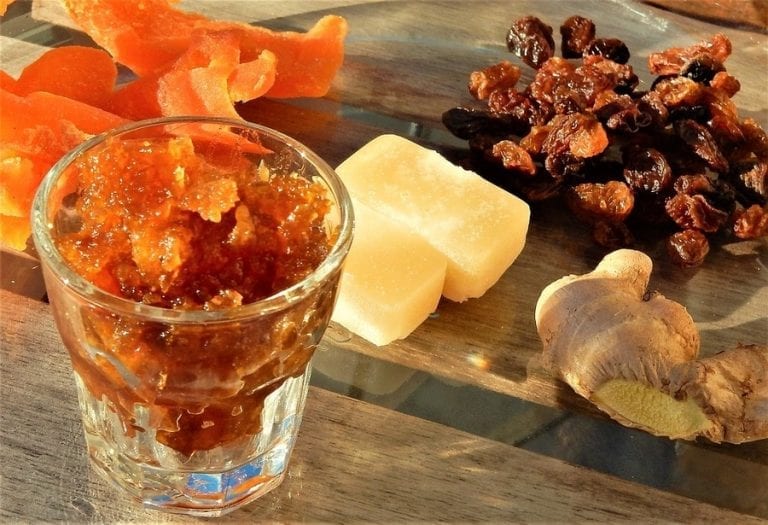
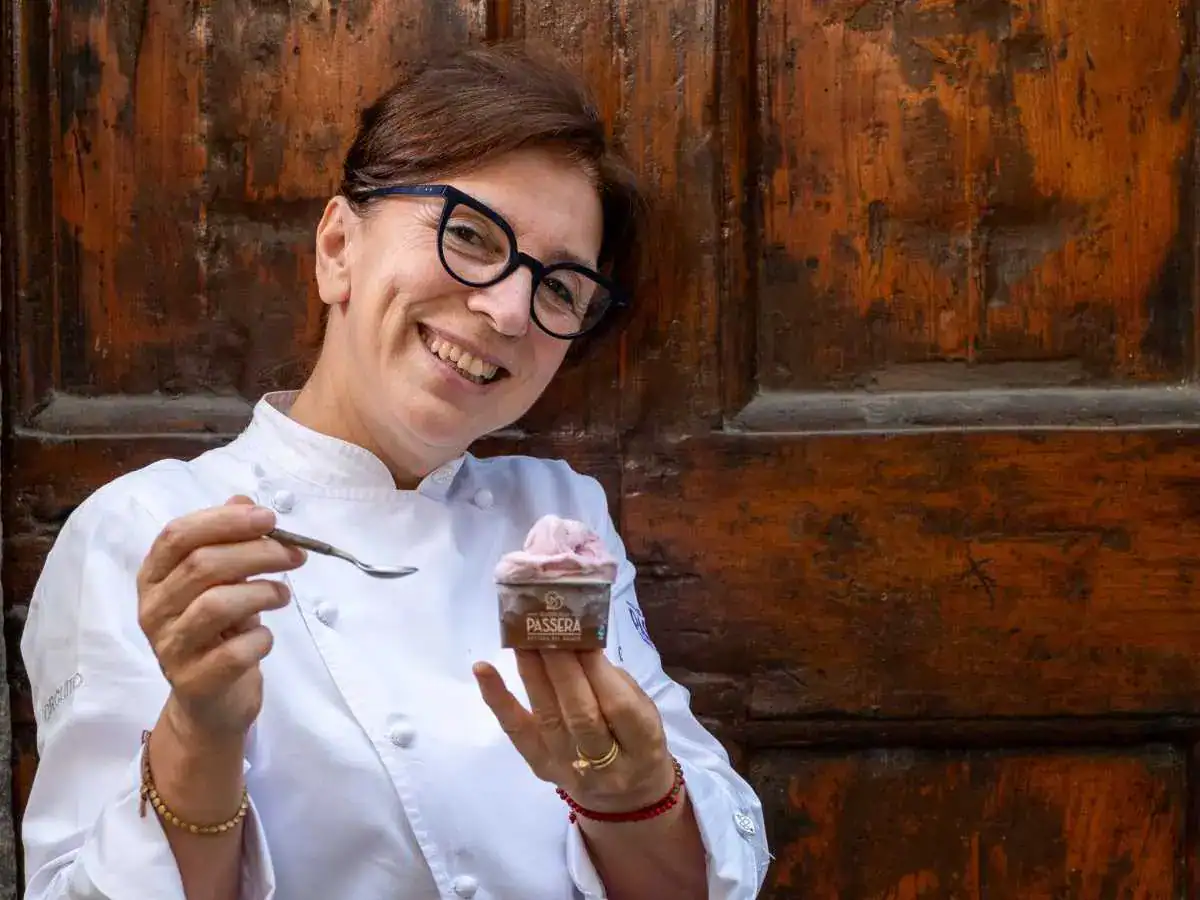 A top gelato maker from Florence launches flavours dedicated to women who made history
A top gelato maker from Florence launches flavours dedicated to women who made history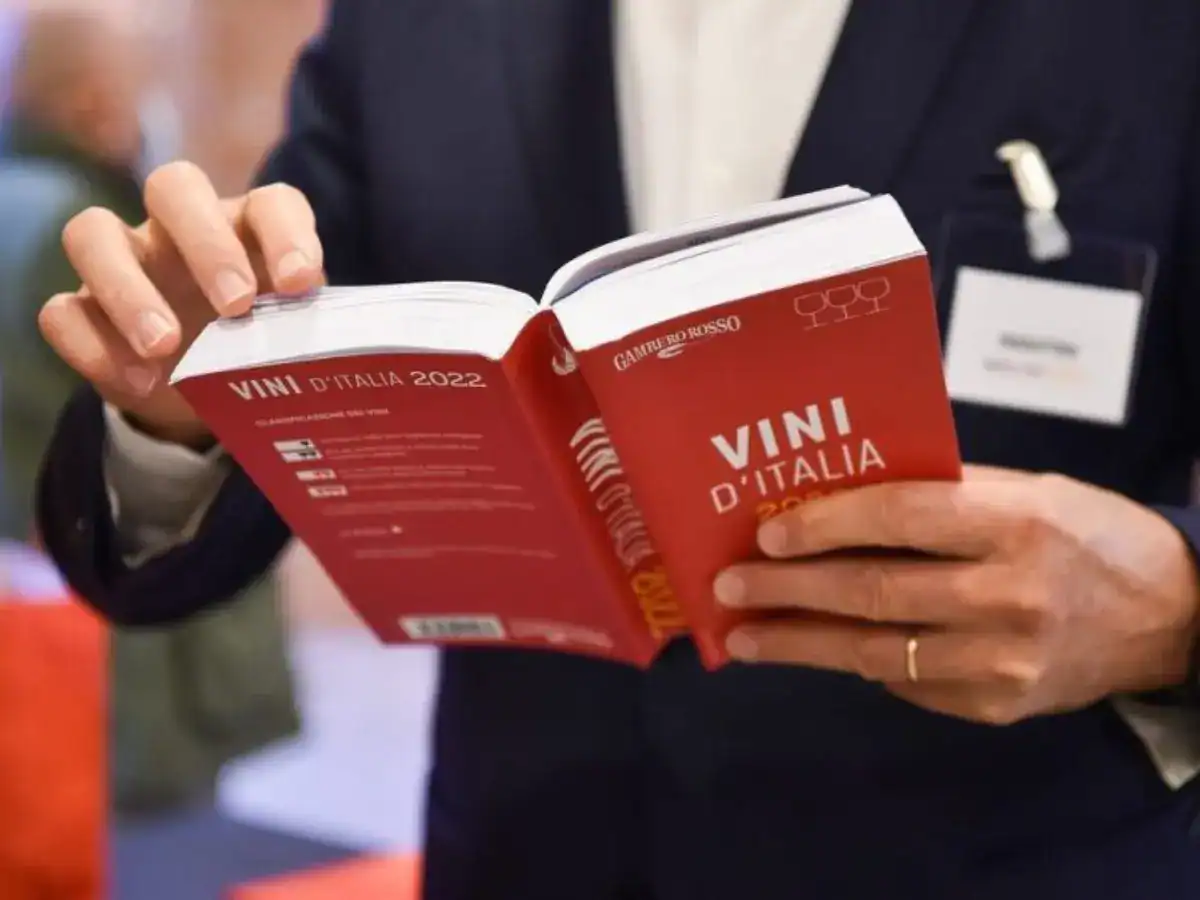 How the Gambero Rosso Vini d’Italia Guide works: the Tre Bicchieri method
How the Gambero Rosso Vini d’Italia Guide works: the Tre Bicchieri method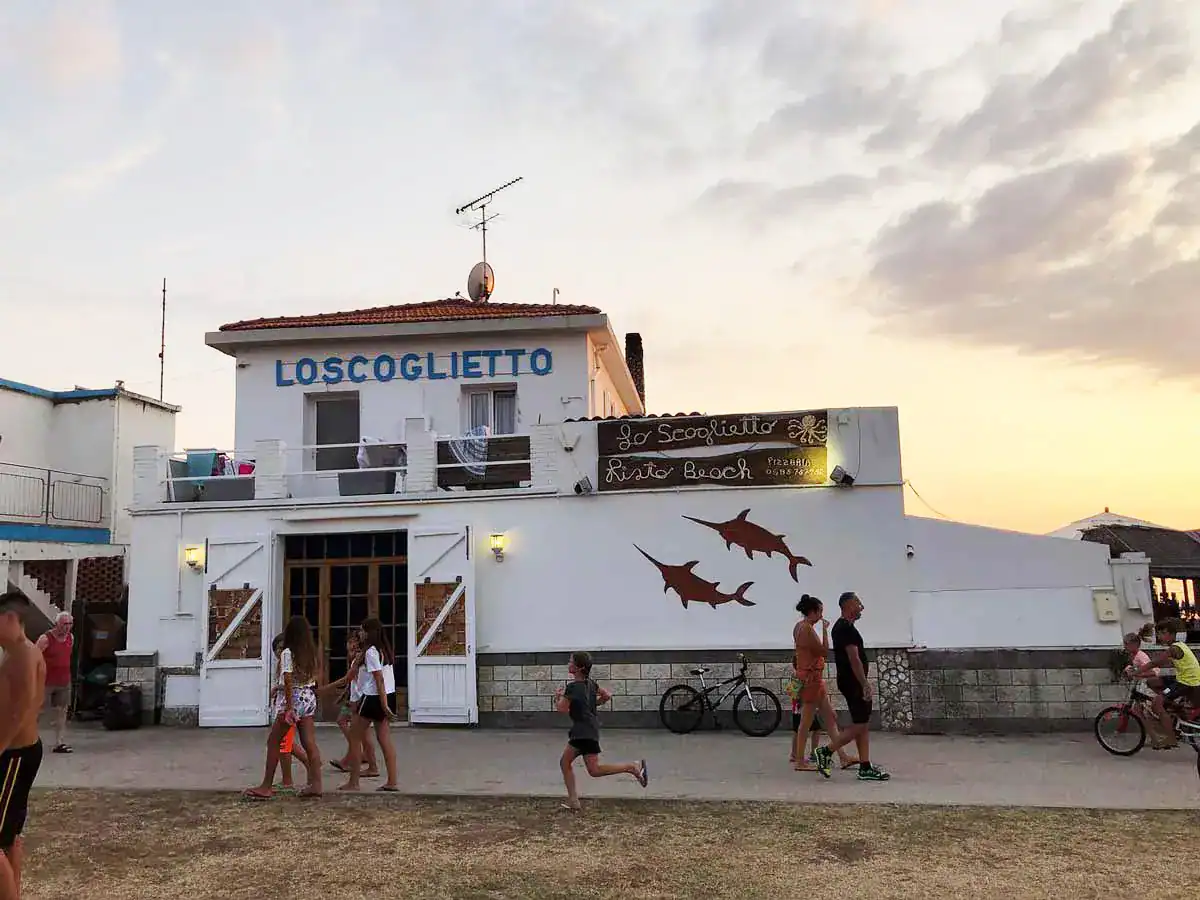 The secret life of the beach club with over a thousand (stunning) bottles on the menu
The secret life of the beach club with over a thousand (stunning) bottles on the menu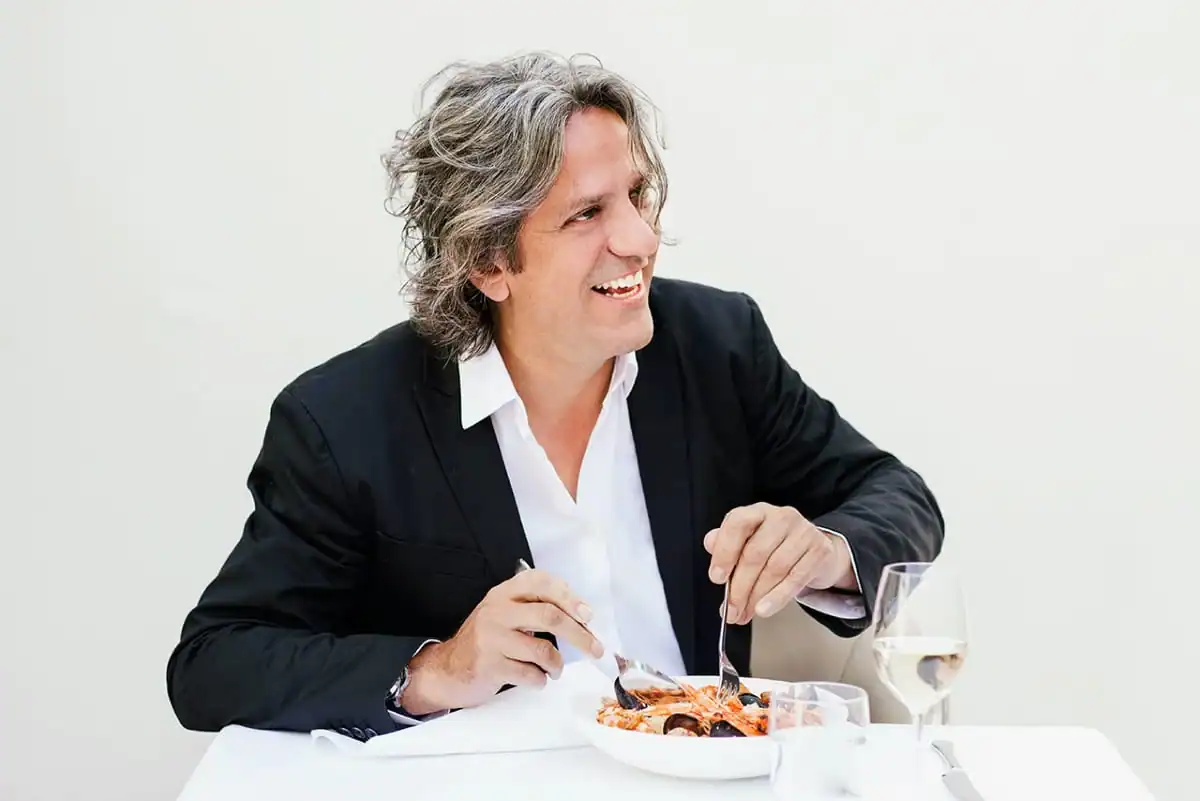 We tried Locatelli’s new restaurant in London: here’s what it’s like
We tried Locatelli’s new restaurant in London: here’s what it’s like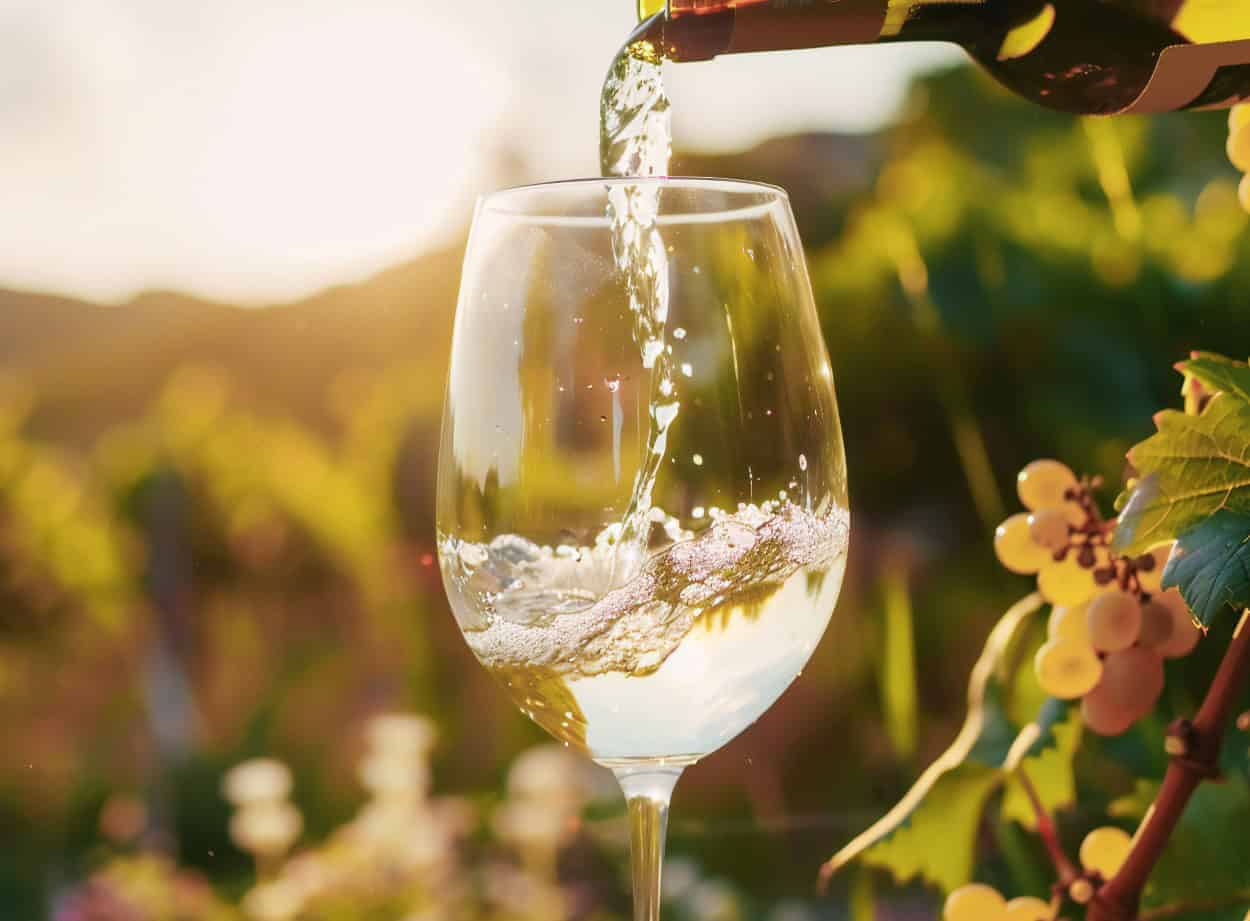 The 10 best value-for-money Pecorino wines from Abruzzo chosen by Gambero Rosso
The 10 best value-for-money Pecorino wines from Abruzzo chosen by Gambero Rosso